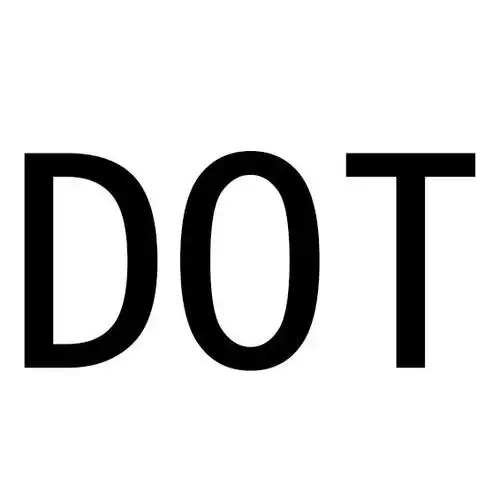As the blockchain ecosystem continues to evolve, interoperability has emerged as a central challenge. Most blockchains op
erate in isolation, unable to communicate seamlessly with one another. Polkadot, an innovative multichain network, aims t
o change this — and at the heart of its ecosystem lies its native token: DOT. In this article, we will explore the utility, value,
and long-term potential of DOT in the context of Polkadot’s growing ecosystem.
What Is DOT?
DOT is the native cryptocurrency of the Polkadot network, a next-generation blockchain protocol that connects multiple sp
ecialized blockchains into a unified network. Polkadot was founded by Dr. Gavin Wood, co-founder of Ethereum and creat
or of its programming language, Solidity.
The DOT token plays a crucial role in maintaining and operating the Polkadot network. It enables governance, staking, and
bonding — all key components of how Polkadot functions as a decentralized and scalable ecosystem.
The Three Core Functions of DOT
Governance
DOT holders have complete control over the protocol. Unlike many blockchain platforms where upgrades are dictated by co
re developers or miners, Polkadot allows token holders to vote on proposed changes. This includes decisions on network fe
es, upgrades, and parachain auctions.
Staking
DOT is used in a nominated proof-of-stake (NPoS) system, where nominators back validators with their tokens to secure t
he network. In return, both nominators and validators receive staking rewards. This mechanism helps maintain network secu
rity and encourages decentralized participation.
Bonding
Bonding DOT is necessary to add new parachains (independent blockchains) to the Polkadot network. This economic incent
ive ensures that only valuable projects remain connected, while inactive chains can be removed when their bonded DOT is r
eleased.
DOT’s Role in the Multichain Vision
Polkadot’s unique architecture is based on a Relay Chain (the main chain) and Parachains (independent blockchains that r
un in parallel). DOT acts as the fuel that powers this system:
- It incentivizes good behavior by validators and discourages malicious activities.
- It is bonded to onboard new parachains.
- It ensures decentralized governance by enabling community-driven decisions.
This multichain framework allows Polkadot to scale horizontally, supporting thousands of transactions per second across cha
ins — a major leap from the limited throughput of legacy chains like Bitcoin and Ethereum.
Tokenomics and Market Performance
DOT has a dynamic inflation model, typically increasing the total supply by about 10% annually. However, this rate adjust
s based on staking participation: more tokens staked leads to lower inflation and vice versa.
Key DOT statistics (as of early 2025):
- Total supply: ~1.3 billion DOT
- Circulating supply: ~1.2 billion DOT
- Market cap: Frequently within the top 15 cryptocurrencies by market capitalization
DOT’s value is deeply tied to Polkadot’s ecosystem growth. As more parachains go live and demand for network participatio
n rises, DOT’s utility — and potentially its price — increases accordingly.

DOT vs Other Layer 1 Tokens
Compared to ETH (Ethereum), ADA (Cardano), or SOL (Solana), DOT focuses more heavily on interoperability. While Et
hereum excels in DeFi and Solana in speed, Polkadot emphasizes connecting diverse blockchains to create a truly unified w
eb3.
DOT is also:
- More community-governed than Bitcoin
- More scalable in design than Ethereum 1.0
- More flexible for developers via Substrate (Polkadot’s blockchain-building framework)
This niche gives DOT a strong position in the next wave of blockchain infrastructure.
Challenges and Risks
While DOT has a strong vision, it’s not without hurdles:
- Parachain auctions require teams to crowdsource DOT through complex mechanisms, which may deter adoption.
- Governance complexity may be hard for average users to grasp or participate in.
- Competitive pressure from other modular blockchain projects like Cosmos or Avalanche could impact Polkadot’s do
minance.
However, continued development, partnerships (such as with Chainlink or Moonbeam), and ecosystem growth may mitigate
these risks over time.
Conclusion: Is DOT a Good Investment?
DOT is not just another cryptocurrency; it’s the foundation of one of the most ambitious blockchain projects to date. With Pol
kadot’s growing network of parachains, rising adoption by developers, and innovative governance model, DOT has significa
nt long-term potential.
Hibt:Whether you’re an investor, developer, or blockchain enthusiast, understanding the DOT token is essential to grasping t
he future of interoperable and scalable blockchain networks. As Polkadot pushes forward with its multichain agenda, DOT is
likely to remain at the center of innovation in the decentralized world.